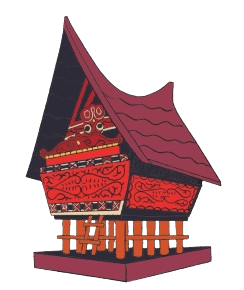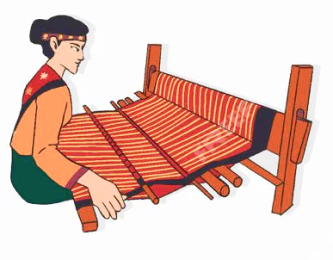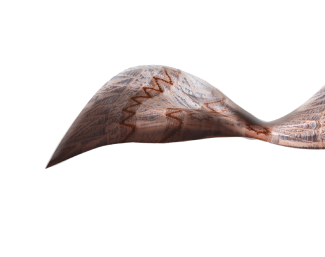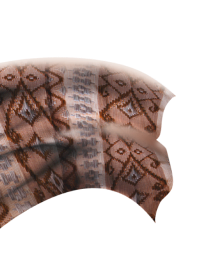Bahan Baju Kurung Sulam
Fabric Type: Sulaman
Pattern Name: Mawar
Pattern Meaning: In Minangkabau culture, the "Bunga Mawar" or Rose Flower motif also holds several symbolic meanings. The motif represents love, romance, and affection, akin to the timeless symbolism of the Rose Flower in many cultures worldwide. It embodies sentiments of passion and deep emotions, making the Bunga Mawar motif a symbol of love and heartfelt connections between individuals. Additionally, the Bunga Mawar motif can signify beauty, elegance, and grace. Just as the Rose Flower is admired for its exquisite appearance, the motif reflects the cultural appreciation for aesthetics and sophistication in Minangkabau society. The motif may also convey sentiments of admiration and appreciation. The Rose Flower's association with admiration and gratitude makes the Bunga Mawar motif a symbol of acknowledgment and respect for others. Furthermore, the motif can be a representation of femininity and the virtues of women in Minangkabau culture. It celebrates the unique qualities and roles of women in their society. The Bunga Mawar motif also carries cultural significance, signifying the identity and heritage of the Minangkabau people. As an essential element in traditional textiles and attire, it preserves and showcases the unique artistic expression and craftsmanship of their culture. As with any traditional motif, interpretations can vary, and individuals may attach personal meanings based on their experiences and beliefs. Overall, the Bunga Mawar motif is a beautiful reflection of Minangkabau culture, encompassing elements of love, beauty, admiration, femininity, and cultural identity.
Material Type: Polyester
Size: 300 cm x 150 cm
Coloring Type: Pewarna Sintetis
Fabric Making Technique: Handmade
MSME Profile
Nasyarinda Sulaman started in 2010 as a home business that empowers housewives and young girls with embroidery skills. They express their skills by embroidering various gradations of thread colors onto fabric using the traditional hand embroidery technique called "sulam tangan suji caia" with the aid of a traditional tool called "pamedangan". The embroidery results in products such as shawls, clothing materials, prayer garments (mukena), embroidery on songket fabrics, and more. The strengths of Nasyarinda's products lie in the unique motifs and coloring used, as well as the use of high-quality fabrics.


 Menu Website
Menu Website









 fatma_nasyarinda
fatma_nasyarinda
 profile.php
profile.php
 Whatsapp
Whatsapp
 E-commerce
E-commerce

